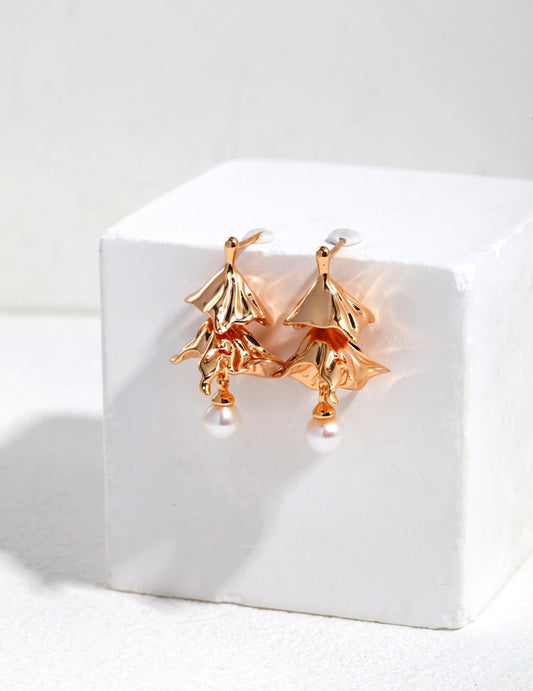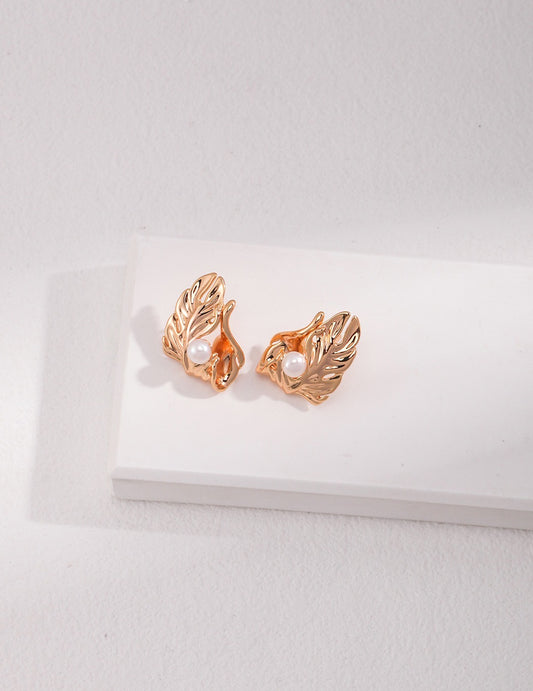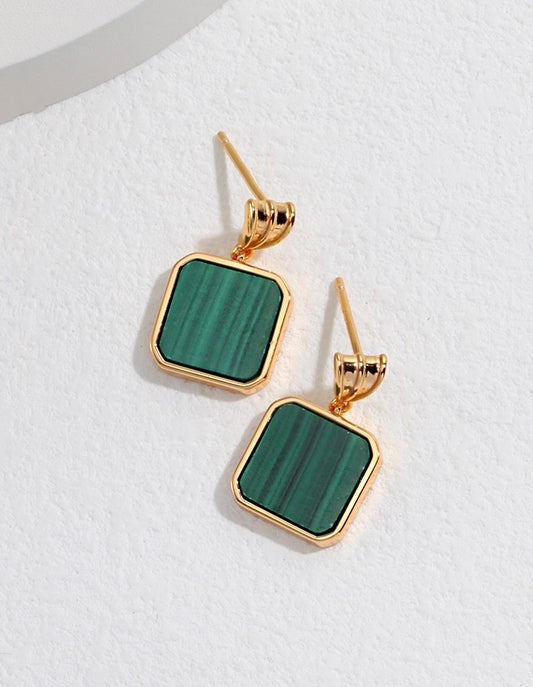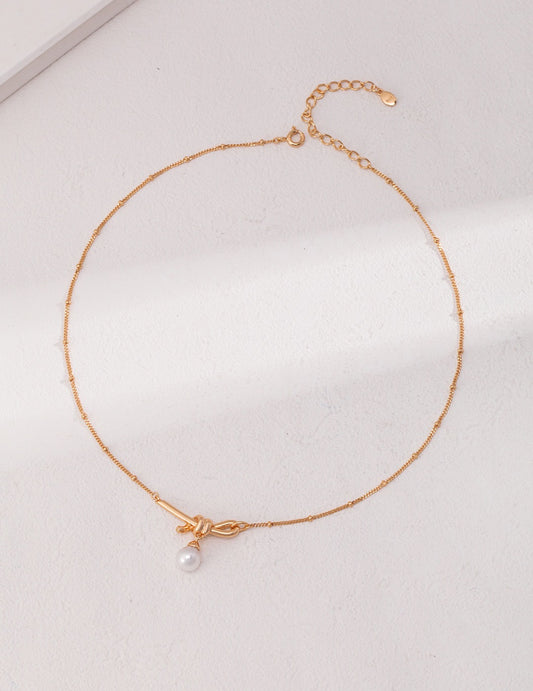For those who love both water activities and jewelry, a common question is whether pearl bracelets can be worn in the sea. The answer is - no! Pearl jewelry is precious and should not come into contact with water, despite the misconception that pearls, because they originate from water, are water-resistant.
So Here’s a comprehensive guide on how to take care of your pearl jewelry.
1. Wear Them Often, But Wisely
Pearls thrive on being worn. The natural oils from your skin can enhance their luster, making them even more beautiful over time. However, be mindful of the environments in which you wear your pearls. Avoid wearing gold or silver pearl bracelets during activities where they might be exposed to harsh chemicals, such as swimming in chlorinated pools or using household cleaners.
2. Apply Cosmetics Sparingly
Perfumes, hairsprays, and cosmetics can damage pearls. These substances contain chemicals that can dull the pearl's shine and weaken the nacre. Always apply your makeup, perfume, and hairspray before putting on your pearl jewelry, and allow these products to dry completely before wearing your pearls.
3. Clean Your Pearls Gently
After wearing your pearls, it’s important to clean them to remove any accumulated oils or residues. Use a soft, damp cloth to gently wipe each pearl. Avoid using abrasive materials or harsh chemicals. For a deeper clean, you can use a mild soap solution, but never soak pearls in water or use ultrasonic cleaners.
4. Store Pearls Properly
Pearls should be stored separately from other jewelry to prevent scratching. Use a soft pouch or a separate compartment in your jewelry box. Pearls need to breathe, so avoid storing them in airtight containers or plastic bags. A fabric-lined jewelry box is ideal for keeping them safe and maintaining their moisture levels.
5. Restring Regularly
If you wear your pearl necklace or bracelet frequently, it’s advisable to have them restrung every one to two years. Over time, the silk or nylon thread can weaken and stretch, increasing the risk of breakage. When restringing, consider having each pearl knotted individually to prevent them from rubbing against each other and to minimize loss if the string breaks.

6. Avoid Heat and Humidity
Excessive heat and humidity can damage pearls. Store your pearls in a cool, dry place, and avoid exposing them to direct sunlight for extended periods. Pearls can also be affected by extreme temperature changes, so it’s best to keep them in a consistent environment.
7. Handle With Care
Always handle your pearls with clean hands. Oils, dirt, and sweat from your hands can transfer to the pearls and dull their luster over time. When putting on or taking off your pearl jewelry, do so over a soft surface to prevent accidental drops and potential damage. Estincele offers high-quality silver polishing cloth to each order and comes with a lovely packaging.
8. Regular Inspections
Periodically inspect your pearl jewelry for any signs of damage or wear. Check the clasp, string, and settings to ensure everything is secure. If you notice any issues, take your jewelry to a professional jeweler for repair.
Taking care of your pearl jewelry involves a combination of regular cleaning, proper storage, and mindful wearing. By following these tips, you can ensure that your pearls remain beautiful and lustrous for generations to come. Remember, pearls are an investment, and with a little extra care, they will continue to dazzle for years to come.







